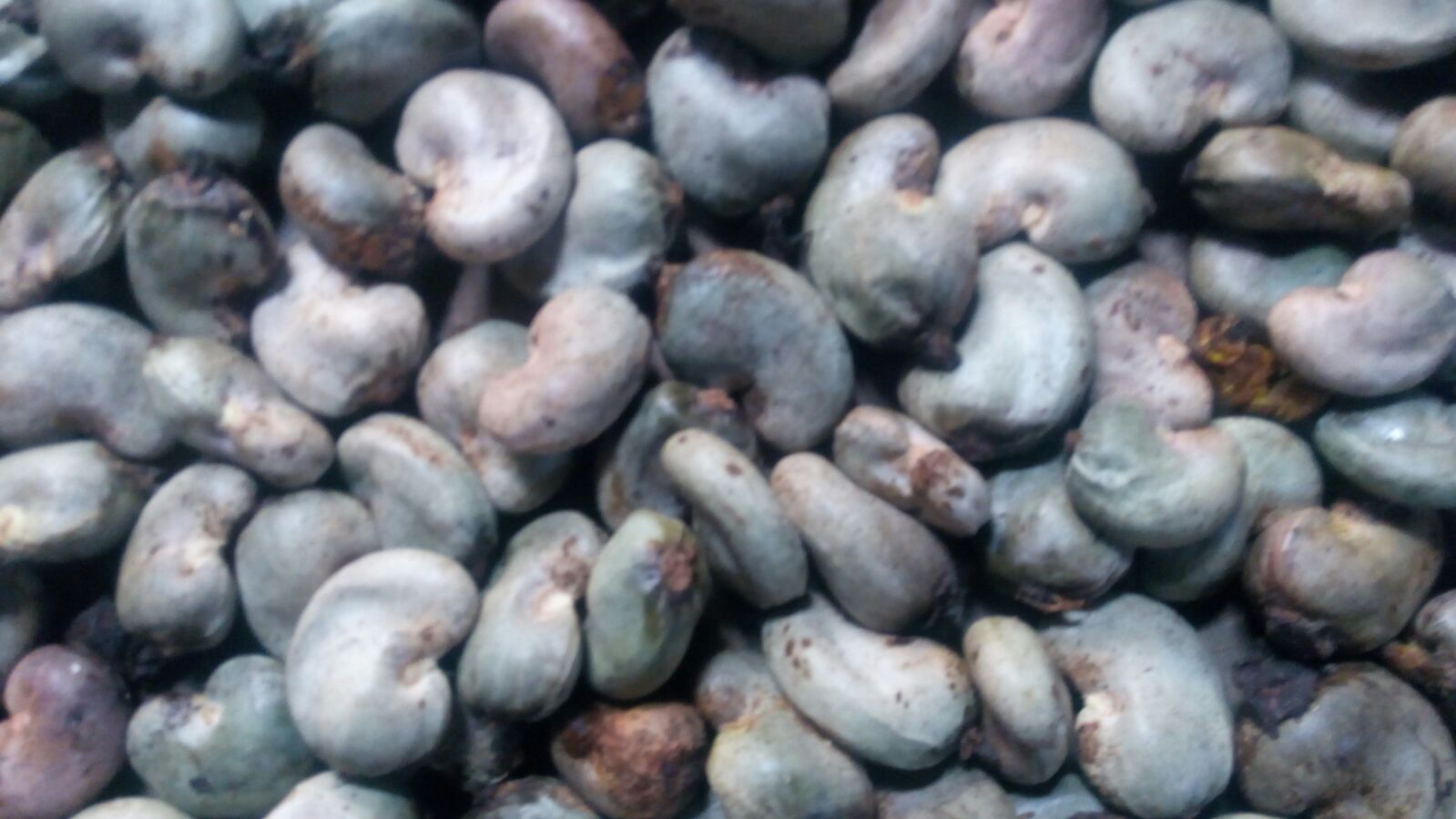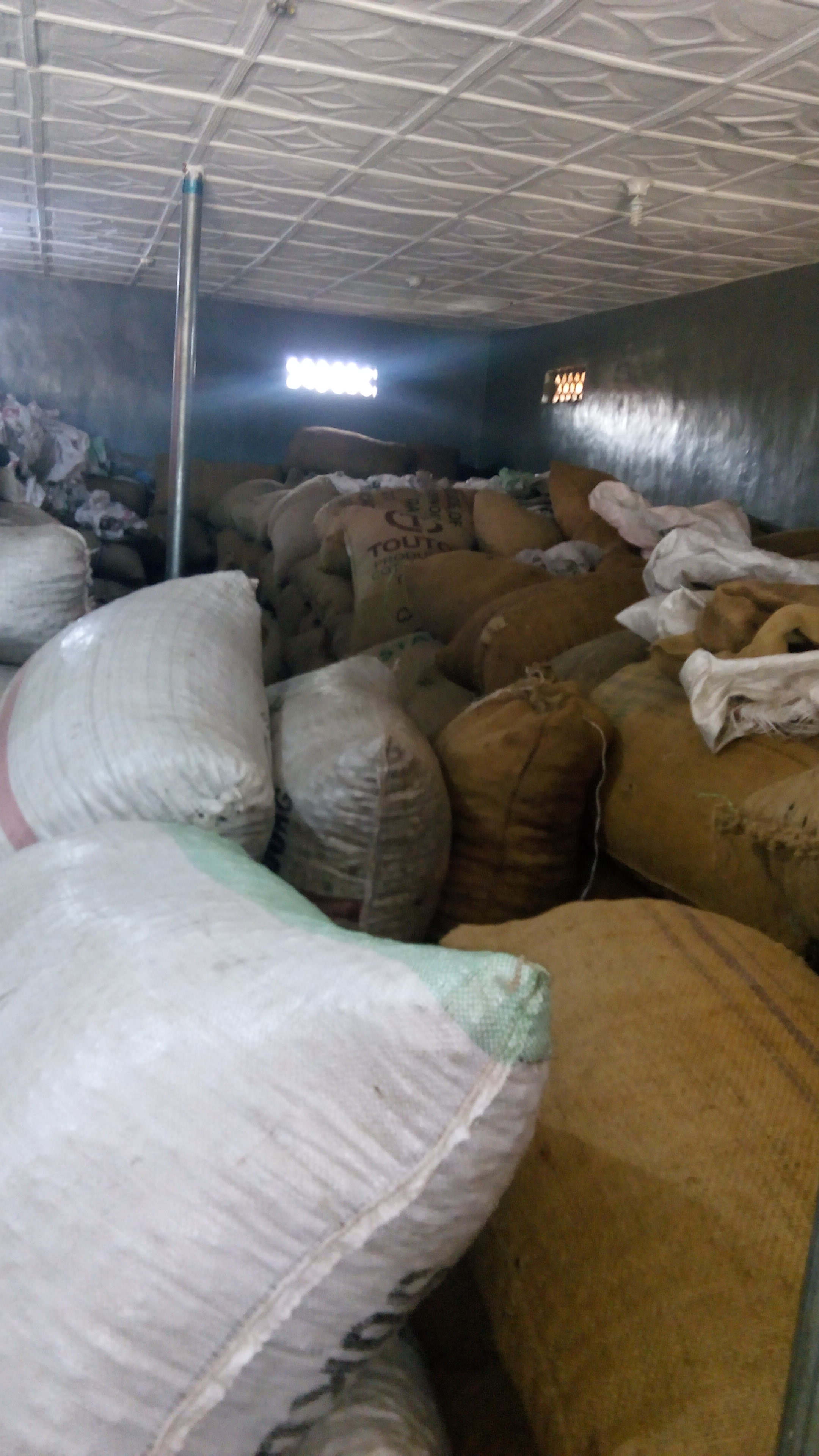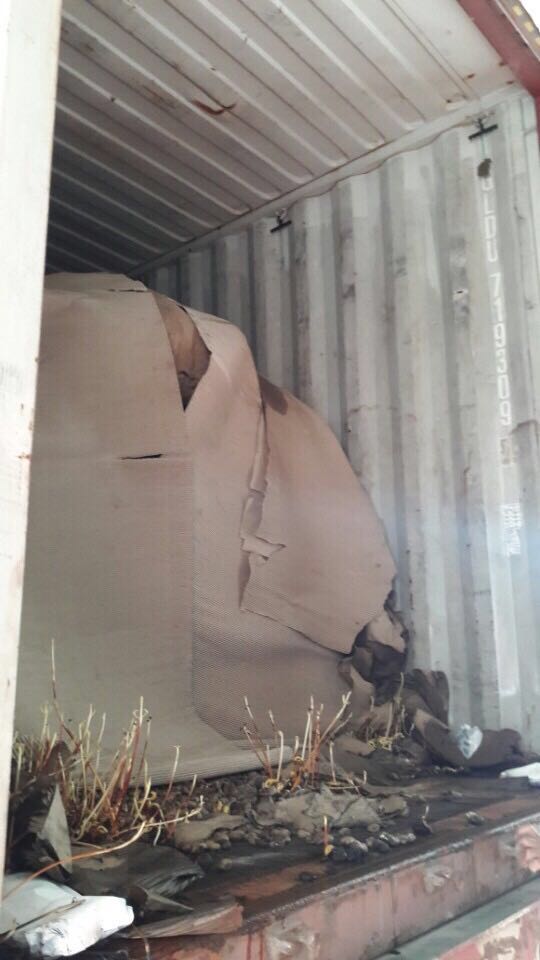
BEST PRACTICES THAT CAN HELP THE FARMER IMPROVE THE QUALITY OF CASHEW NUTS
Having good cashew nuts, actually, begins with the farmer rather than the exporter. The quality of cashew nuts can be enhanced or reduced by the farmer, Local Buying Agents (LBAs) or the exporter.
Farmers should only pluck ripe cashew nuts as unripe ones will usually have immature or shriveled cashew nuts. Farmers should also ensure that the nuts are gathered every day. The nuts should not be allowed to remain on the ground for more than a day before they are picked because long contact with the soil will, inevitably, lead to sprouting which will cause deterioration and decay.
Regardless of how good your nuts are when you purchase them, how you handle them afterwards can maintain, reduce or improve the quality of your nuts. At the very beginning, most farmers/LBAs will sell the cashew nuts to you in polythene bags. This is not very good for the nuts as a polythene bag does not allow for proper ventilation and can negatively affect and degrade your nuts. So, the first thing to do at your warehouse is to pour them out of such bags. For proper storage, use jute bags at all times. Ensure that your nuts are bagged at all times.

THE PROPER WAY TO DRY CASHEW NUTS FOR EXPORT
The nuts should, afterwards, be exposed to sunlight for a couple of days. Moisture should be avoided. When you get your cashew nuts, there are generally going to average a moisture level of around 16%. This moisture level is from two difference sources in a cashew nut. First, the cashew nut shell liquid (CNSL) of around 10% and the second is the cashew kernel moisture of about 6%. This is not good for exportation. It needs to be brought down to about 10%. Otherwise, your cashew nuts will germinate before they get to their destination port. Of course that means by the time your buyer opens your container he would not find good nuts. Rather, he would be faced with a bad cargo from you. I need not tell you the damage that can cause. You need to bring down the CNSL to about 6% and the kernel moisture to about 3.5%.
Ensure that you do not begin drying your nuts in the morning until the sun had absorbed the dew on the ground/surface. Failure to do this would mean the nuts would absorb them and this will leave them spotted or of lesser quality. Also, make sure that you turn the cashew nuts around regularly to ensure even drying of all the nuts. It is also the time you should go around picking as many foreign matters (that is, such things as dirts, sticks, stones, cashew apple remnants etc) from your stock. The foreign matter must not be more than 5%. Equally, ensure that you take your nuts in once the sun begins to set. Little things matter in the preparation of cashew nuts for export.
After you have properly dried your nuts (and you can use different machines to test for moisture, including this one in the picture below), you have to allow them return back to room temperature before you pack them into a container for export. Failure to do this would mean that midst will come out from them and eventually become water that will negatively affect your nuts. This will, almost certainly, make your cashew nuts to germinate, grow and get spoilt by the time they travel over the sea and arrive at the destination port.
Cashew nuts are required to be very dry (at most, 10% moisture) if they are going to be suitable for exportation. Therefore, rain reduces the quality of cashew nuts. Rain causes lots of premature cashew nuts, spotted nuts and eventually leads to high number of defective nuts. Cashew nuts are best collected before the raining season. To get the required level of dryness, you need to sun-dry the nuts. Again, this is why they are best prepared before the rains. However, you can still prepare them for export during the raining season by ensuring that you pack them in before the rains, and where that is not possible or preferred, you cover the nuts with tarpaulins made for such a purpose. It is also important to note that the nuts should not be returned outside for drying after rain until after the rain water had dried up from the surface to be used for drying.
The cashew nuts must also be properly prepared inside the container in order to ensure that all the good works done counts for something. The exporter should ensure that the container to be used does not have any hole at all. Even a small hole can spell doom for the cargo. The container must also be properly and fully dressed and the right number of bags must be put in the container to ensure proper ventilation.
Below is a picture of what the Buyer will get if the cashew nuts are not properly dried:


